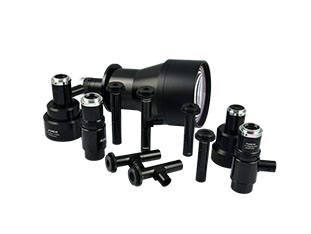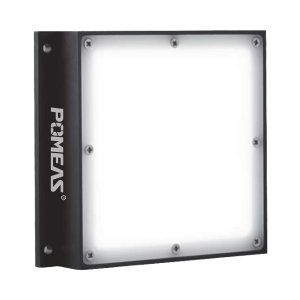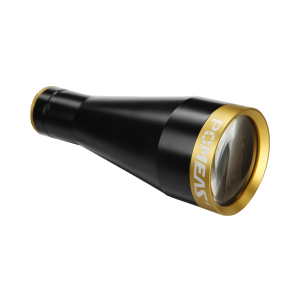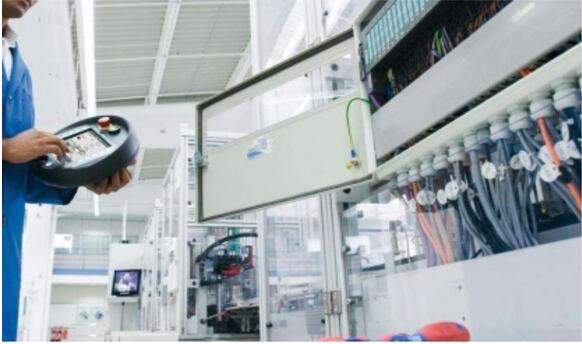The performance of telecentric lenses is indeed closely related to the light source, but it is not necessary to use a “specially customized” light source. Instead, high requirements are placed on the uniformity and parallelism of the light source, and the specific choice should be made based on the inspection scenario.


1. Core requirement: High uniformity backlighting


The core advantage of a telecentric lens is the elimination of perspective distortion and the assurance of measurement accuracy. This advantage depends on the uniform illumination of the object being measured.
① If the light source is not sufficiently uniform, it will cause brightness differences in different areas of the object, interfering with image contrast and thereby affecting the accuracy of edge extraction and size measurement.
② Therefore, high-uniformity backlighting is the preferred choice for telecentric lenses, especially for contour measurement of transparent or opaque objects (such as glass lenses and metal stampings).
2. Optimal choice: Parallel back light source


① Enhanced parallelism performance: The light emitted by the parallel backlight has a high degree of parallelism, which perfectly matches the “parallel light imaging” principle of telecentric lenses, minimizing interference caused by light scattering (such as edge blurring caused by stray light) and further improving measurement accuracy.
② Typical application scenarios: When precise measurement of an object's outer contours is required (e.g., the length and width of a smartphone frame or the size of a hole), the parallel backlight clearly outlines the object's edges, enabling micron-level precision detection when used with a telecentric lens.
3. Light source adjustment for special scenes: Choosing between coaxial light and other light sources
When inspection requirements shift from “contour dimensions” to “surface defects” (such as scratches on metal surfaces or bubbles in glass), backlighting may not be effective in displaying surface features. In such cases, coaxial lighting (where the light rays are aligned with the lens axis and shine perpendicularly onto the object surface) should be considered.
① However, it should be noted that the light rays of coaxial light are not completely parallel, which may compromise the “perspective error-free” advantage of telecentric lenses to some extent, resulting in a slight decrease in edge measurement accuracy.
② Therefore, when using coaxial light, a trade-off must be made between “surface defect detection clarity” and “dimension measurement accuracy,” making it suitable for scenarios with higher surface quality requirements (such as scratch detection on semiconductor wafers).
The core requirements for a telecentric lens in terms of light sources are high uniformity and parallelism. A parallel backlight is the optimal choice for maximizing its performance. If detecting surface defects, coaxial light can be used, but this will result in some loss of the telecentric lens's advantages.
Product recommendation
TECHNICAL SOLUTION
MORE+You may also be interested in the following information
FREE CONSULTING SERVICE
Let’s help you to find the right solution for your project!


 ASK POMEAS
ASK POMEAS  PRICE INQUIRY
PRICE INQUIRY  REQUEST DEMO/TEST
REQUEST DEMO/TEST  FREE TRIAL UNIT
FREE TRIAL UNIT  ACCURATE SELECTION
ACCURATE SELECTION  ADDRESS
ADDRESS Tel:+ 86-0769-2266 0867
Tel:+ 86-0769-2266 0867 Fax:+ 86-0769-2266 0867
Fax:+ 86-0769-2266 0867 E-mail:marketing@pomeas.com
E-mail:marketing@pomeas.com
